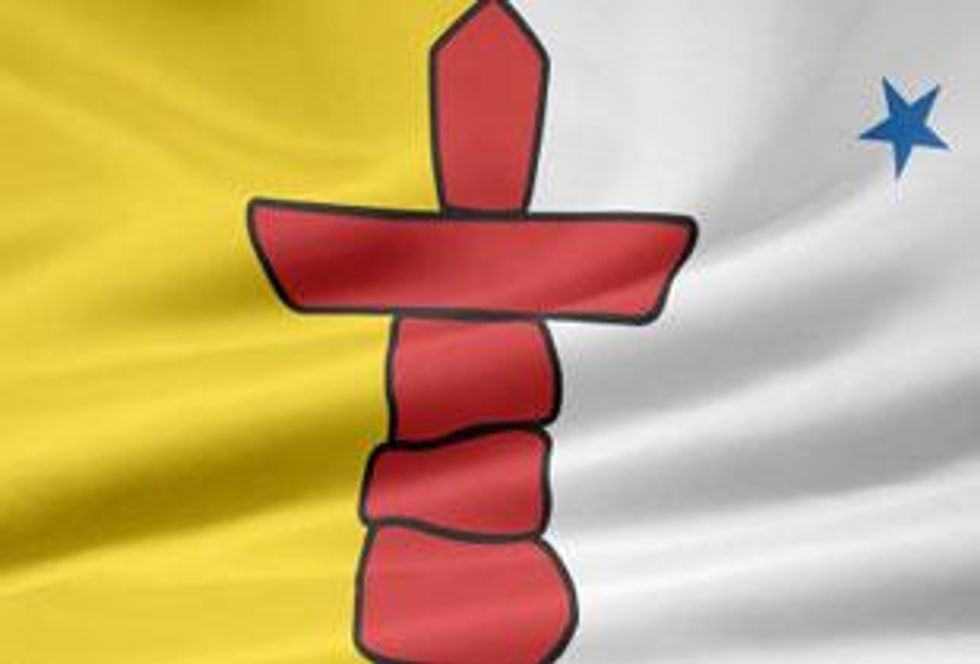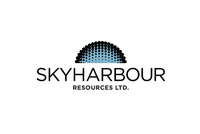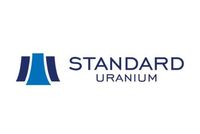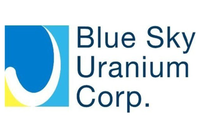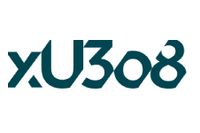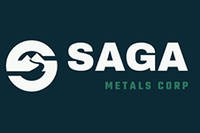Jim Paterson, CEO and director of Kivillaq Energy, discusses the significant progress and successes at the company’s Angilak uranium exploration property in Nunavut Territory, Canada.
Uranium Investing News (UIN) recently spoke with Jim Paterson, CEO and director of Kivillaq Energy (TSXV:KIV). In the interview below, Paterson discusses the successes of his company’s Angilak uranium exploration property in Nunavut, Canada and the progress that has been made there.
UIN: You started the year off with a major announcement concerning your uranium exploration project in Nunavut, Canada. Please tell us more about that and what it means for Kivalliq.
Jim Paterson: In January, we announced a 60-percent increase over the previous resource estimate for the Lac 50 Trend uranium deposits located within our Angilak property. The updated report shows an inferred mineral resource estimate of 2,831,000 tonnes grading 0.69-percent U3O8 totaling 43.3 million pounds U3O8 at a 0.2-percent U3O8 cut-off grade. That makes the Lac 50 deposits some of the highest-grading uranium deposits in the world outside of the Athabasca Basin uranium deposits. Since announcing our initial inferred resource estimate in early 2011, our exploration programs have increased the inferred resource base by more than 200 percent. I think our low finding costs, rate of new discoveries and third consecutive year of substantial uranium resource growth clearly demonstrate the district-scale potential of Angilak.
UIN: In late February, you released news related to preliminary metallurgical tests for the Lac 50 Trend uranium deposits. Can you explain the significance of the results and what they mean for the project?
JP: Optimized results showed high recovery, and the final yellowcake from the leach solution was a low-impurity product. The alkaline leaching process proposed for Lac 50 is similar to that used successfully at Eldorado Nuclear’s Beaverlodge mill for nearly 30 years. So we’re quite excited about those preliminary results because they do de-risk the property substantially when we’re looking at future development prospects.
UIN: Earlier this month, Kivalliq closed a non-brokered private placement raising gross proceeds of $4.5 million. In these difficult market conditions, how did you manage that?
JP: We have a strong and committed shareholder base and we were happy to have their support during these volatile times. We have already started to put those funds to good use. The financing will mainly fund the first phase of our 2013 exploration program at the Angilak property.
UIN: Last week, Kivalliq announced the discovery of a new zone on the Angilak property. Can you explain the importance that has for the project and for investors?
JP: We view the discovery as confirmation that a new zone exists between the Eastern Extension and J4 zones, which form part of the current Lac 50 Trend inferred resource. So now our goal for exploration work going forward is to close the gap, focusing on the previously undrilled areas that lie between the existing resource zones.
I think investors want to see that resource companies are deploying their capital in ways that add value to projects and effectively add value to their investment. Our efforts and the results continue to show that we’re doing exactly that. We’re very excited about the fact that despite the current marketing conditions, we’re able to raise money for exploration. We feel that we can add a lot of value to this project through additional exploration both in areas that are close to our existing resource and further afield on the property where we have significant exploration potential. Our main goal is to prove our thesis that the Angilak property has district-scale potential and is a new uranium district that has significant value on a global basis.
UIN: What are your objectives for this year? How well financed are you toward getting that work done this year?
JP: Our objective for Phase 1 is to test zones that are within a relevant distance from the existing resource. We’re hoping to identify zones that in the future may be delineated further and pulled into the inferred resource. The second plan is to diamond drill targets that are more than 20 kilometers away to determine if they are new mineralized zones in a new geological environment. The existence of new zones more than 20 kilometers away plus all of the prospecting results that we have to date showing high-grade uranium across the property will together underscore our thesis that this is a new uranium district. We’re financed for Phase 1. After Phase 1, for more aggressive resource building we’ll need to look at market conditions and results to decide what we want to do next.
UIN: How do the grades at Lac 50 compare to other uranium deposits?
JP: The global average grade for a non-Athabasca uranium deposit is about 0.1 percent, and our average grade for our inferred resource is nearly seven times that, at 0.69 percent. There are many uranium operations in the world that operate at a lower grade than ours.
UIN: Our investor audience understands that near-surface projects are less capital intensive — less dirt to move — which is especially important in this uranium pricing environment. What depth are we looking at here?
JP: In terms of where our resource fits relative to other deposits, many proposed or existing underground operations in Canada start at much lower depths, averaging 200 meters or 300 meters, or in some cases a kilometer vertically underground. In our case, many of the zones we’ve been drilling start near to surface or at surface or within 40 to 50 meters of surface. Most of our drilling to date has aimed at shallow targets. Almost all of our resource base sits above the 350-meter mark, with the bulk above the 250-meter range, so it is near surface and extends near to surface.
When you have an ebullient capital environment, the mantra becomes bigger is better, and investors don’t mind taking risks on high-cap projects that will be large earth-moving exercises. But in the end, you need to think seriously about how much waste rock you’ll need to move in order to get your saleable product. So high-grade deposits that are close to surface generally have greater value. Grade is king, but depth is also a critical component.
UIN: What are your thoughts on the low prices in the uranium market?
JP: It’s certainly something that’s cyclical, and the price of uranium has to go up. In the current state of things I think that there will be a significant number of exploration and expansion projects that are cancelled because of uranium market prices, especially the larger-cap projects. We’re already seeing that. Of course, that’s going to have serious ramifications on the supply pipeline in the near future, and we’re going to see a backlash against this low pricing environment.
UIN: How mining friendly is Nunavut?
JP: Nunavut is a fantastic, mining-friendly jurisdiction, especially in regards to uranium exploration and development. There is enormous importance placed on resource development in the territory of Nunavut. They have a clear policy for the permitting process, certainly better than many other jurisdictions. It rates very highly. The permitting policy is clearly laid out for mining companies and investors, detailing how companies need to move through that process.
The one thing that is happening there right now that will have positive ramifications for the Angilak property and Kivalliq is the work of both AREVA (EPA:AREVA) and Cameco (TSX:CCO,NYSE:CCJ), major players in the global uranium market that have significant positions in the Athabasca Basin. AREVA is advancing their Kiggavik project through the permitting process and Cameco has made a number of discoveries over the past few years very close to Kiggavik. So both those major players are active in Nunavut. We control two sub-basins that are similar geologically to the Athabasca and Thelon basins, where both AREVA and Cameco are working.
In Nunavut, you need projects that are large scale and high grade, and we’re finding a lot of high-grade uranium through our prospecting program, and our foundation is the Lac 50 Trend, where we’ve increased the resource base by close to 200 percent. We’re starting to show that there’s quite a bit of meat on the bones, and we’ve got lots of targets to test.
We’re watching the permitting process that AREVA is going through now with their Kiggavik project, what could potentially be Nunavut’s first uranium mine. That will provide a lot of clarity for us to see what sort of challenges they have and what we’d need to do to satisfy all the requirements of that permitting process.
The communities and political organizations are very supportive. We were publicly awarded the Environmental Excellence Award for outstanding environmental stewardship by the Kivalliq Inuit Association both in 2011 and 2012. That’s fantastic for a uranium company to be awarded an environmental stewardship award right after Fukushima — it’s a strong statement of confirmation of the level of support we have there.
UIN: Thanks for taking the time to speak with me today, Jim.
JP: My pleasure.
Securities Disclosure: I, Melissa Pistilli, hold no direct investment interest in any company mentioned in this article.
Kivalliq Energy is a client of the Investing News Network. This article is not paid-for content.
